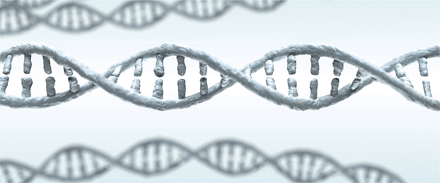
Pause and Reflect Before Acting on the Human Germline
There’s been quite a lot of buzz around our recent Perspective piece in Science (Baltimore et al. with alphabetical author list, open access for now), stemming from an IGI-organized bioethics workshop in Napa. Ed Lanphier et al were clearly thinking along the same lines, and wrote a similar article for Nature. The crux of the matter stems from CRISPR/Cas9’s ease of use. Germ line genome engineering has suddenly become surprisingly easy in a variety of organisms, and the same may be true for the human germ line (there are rumors that some have already tried).
This is a very important time for science, and much rests on clear communication and open discourse. Since germ line edits would be heritable, we are literally talking about the ability to change human evolution faster than natural selection. Many have drawn parallels between the 1975 conference on recombinant DNA technologies in Asilomar, including ourselves (several attendees of the original Asilomar meeting were at the Napa workshop). Some worry about the futility of trying to put the genome engineering genie back in the bottle.
To be clear, our position is not a call to outright ban engineering of the germ line. Instead, we ask for a halt to experiments along these lines until a much larger meeting whose attendees represent a broad cross-section of scientific, clinical, ethical, and regulatory expertise. Whether or not individual researchers have performed human germ line editing, we must stop and ask ourselves hard questions before embarking on this path in earnest. Is it acceptable to cure genetic disease? What about the introduction of naturally occurring advantageous alleles (e.g. PCSK9 mutation)? If we proceed, what safety standards should be put in place? It would be wise to hash things out before acting, rather than repenting at leisure.
In addition to a larger meeting, broad communication about the science is absolutely critical. America is at a strange point: the majority of people believe that science is a good thing, but simultaneously disagree with scientists on several scientific issues. For the last few weeks I’ve been experiencing the edges of this phenomenon, when journalist after journalist asks me about designer babies. We must do an excellent job of providing high quality information to non-scientists about the genome engineering revolution in which we find ourselves. The goal is not to pedantically “educate” the public. I’ve found that everyone, from taxi drivers to accountants to personal trainers to librarians, quickly and easily grasps what human genome engineering is all about. Science fiction has been priming us for this moment for decades. The real question, which must be put to everyone, is how should we proceed now that it’s real?
You may also be interested in
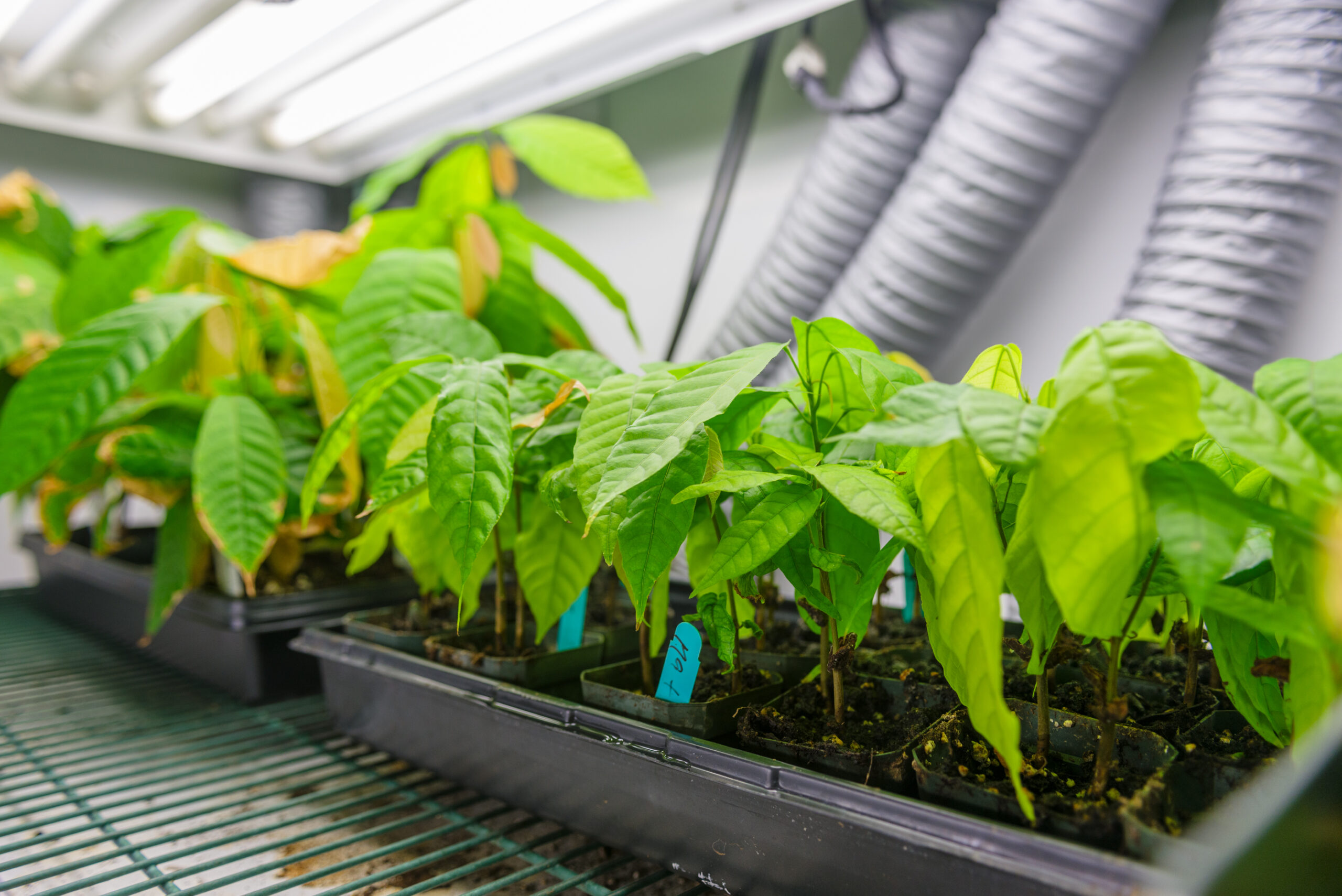
Wolf Prize Laureate Brian Staskawicz on 40 Years of Plant Immunity Research
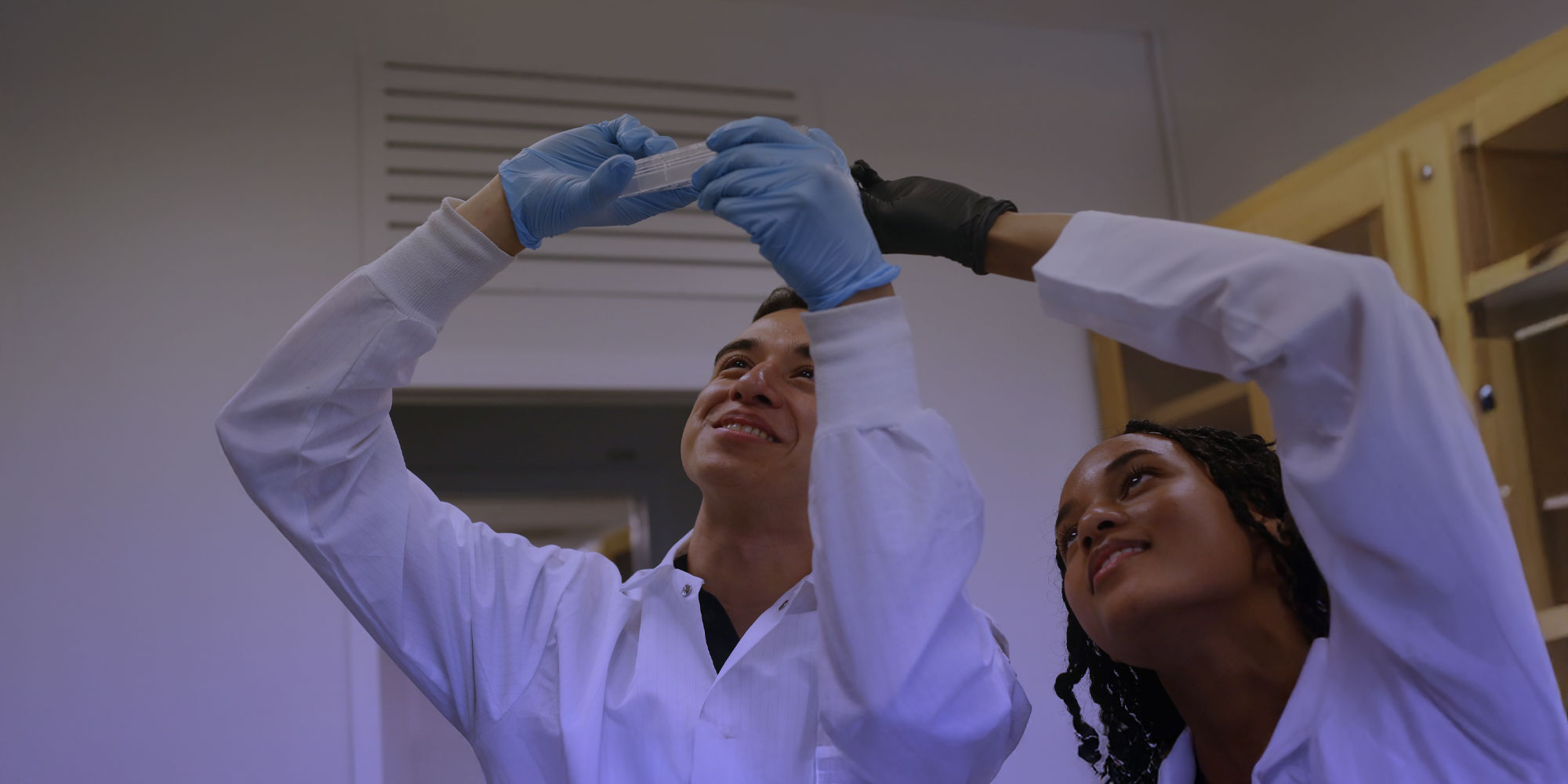
Announcing the Rising Stars Program: A New Collaboration Between the IGI and Historically Black Colleges and Universities
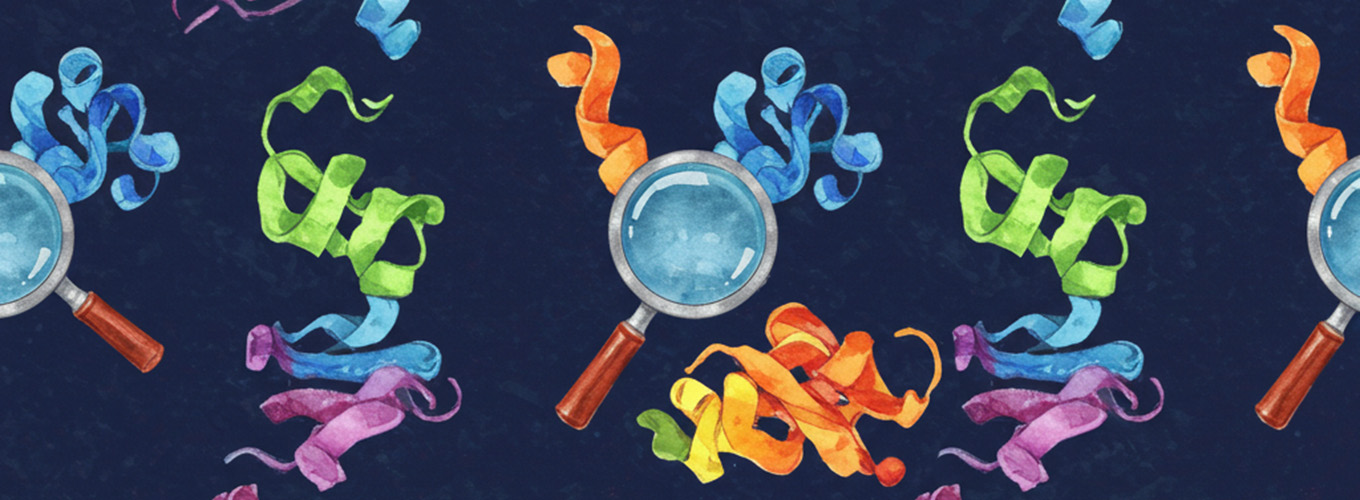
Breakthrough Method Enables Rapid Discovery of New Useful Proteins

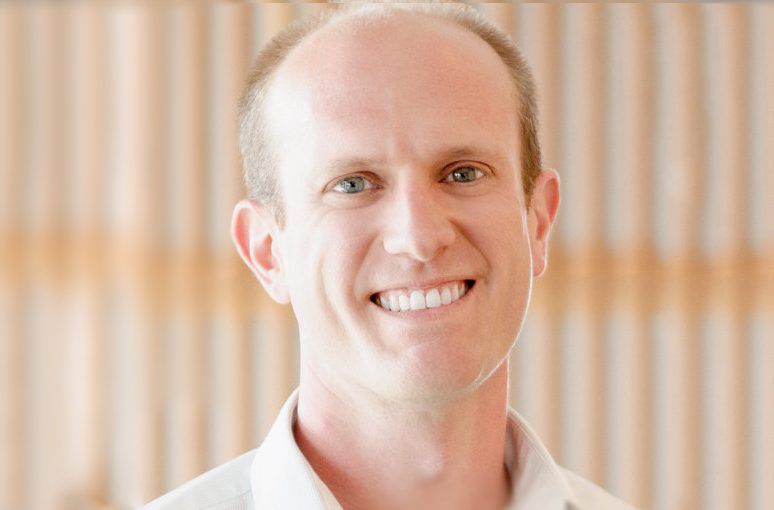 By
Jacob Corn
By
Jacob Corn